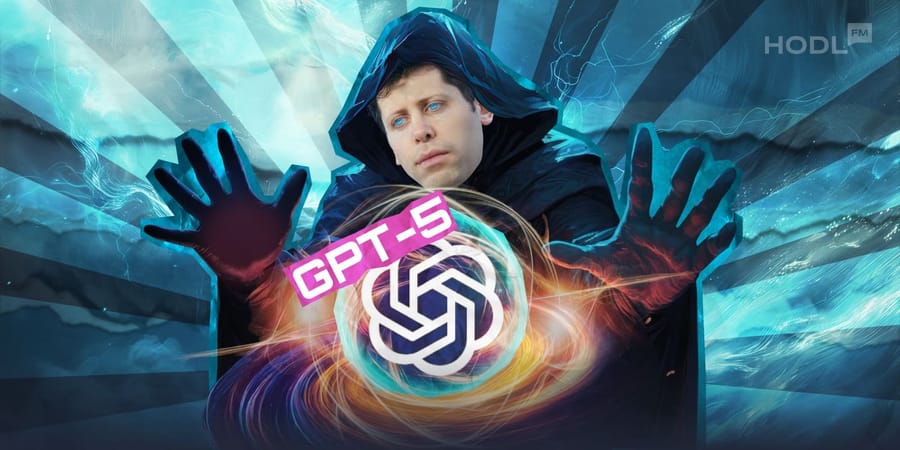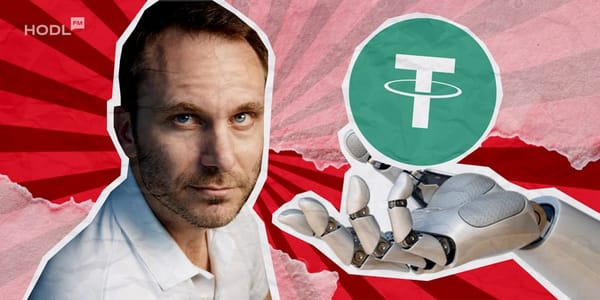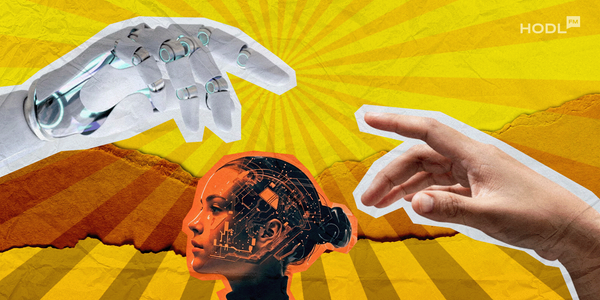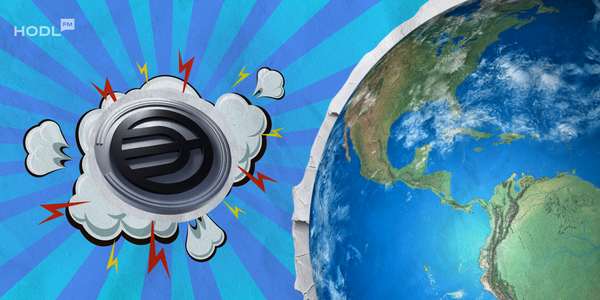In order to streamline OpenAI’s growing ecosystem of AI models, CEO Sam Altman has announced plans to merge its scattered offerings into a single, all-encompassing system. The announcement comes amidst rising competition, particularly from China’s DeepSeek, whose recent AI launch has raised the bar for simplicity and efficiency in artificial intelligence.
OPENAI ROADMAP UPDATE FOR GPT-4.5 and GPT-5:
— Sam Altman (@sama) February 12, 2025
We want to do a better job of sharing our intended roadmap, and a much better job simplifying our product offerings.
We want AI to “just work” for you; we realize how complicated our model and product offerings have gotten.
We hate…
OpenAI currently operates multiple AI models for different purposes: GPT for text generation, the "o-series" for reasoning, DALL-E for image creation, Sora for video generation, and GPT-Vision for visual analysis. While powerful, the fragmented nature of these models has often confused users. Altman aims to change that.
“We want AI to ‘just work’ for you; we realize how complicated our model and product offerings have gotten,” Altman tweeted, echoing Steve Jobs’s philosophy of seamless technology integration.
GPT-5
The first step toward this grand unification is the upcoming release of GPT-4.5, internally dubbed "Orion." This will be OpenAI’s final model built on traditional GPT architecture before the full-scale shift to GPT-5, a next-generation AI model that promises to integrate all of OpenAI’s capabilities into one.
We are months away from GPT-5 and it looks to be huge pic.twitter.com/cg5D83H9rz
— Dhruv H Kumar (@Dhruv_0K) February 13, 2025
Unlike current models that require users to select the best AI for a given task, GPT-5 will function as an all-in-one intelligence hub. It will combine reasoning, creativity, and problem-solving skills, making it adaptable to a wide range of tasks—from writing and coding to image and video generation.
Altman emphasized that GPT-5 will also incorporate the capabilities of OpenAI’s advanced but unreleased o3 model. The goal is to develop an AI that can “think for a long time or not” depending on the complexity of the task, eliminating the need for users to determine which model fits their needs.
GPT-5 is rumored to have 69 googolplex parameters. pic.twitter.com/HdsxD0ZsfI
— AshutoshShrivastava (@ai_for_success) February 12, 2025
A major shift in OpenAI’s strategy is the decision to make GPT-5 available for free to all ChatGPT users. This move is likely a response to DeepSeek’s open-source AI, which has been gaining traction for its accessibility.
While the free version will offer standard intelligence capabilities, OpenAI will introduce a tiered access system for power users. Businesses and professionals will have the option to pay for higher-tier subscriptions, granting access to advanced computational resources for complex problem-solving.
Altman revealed, hinting at an expanded feature set beyond text-based AI:
These models will incorporate voice, canvas, search, deep research, and more.
For developers, GPT-5 marks a shift away from standalone reasoning and coding models. Instead, all functionalities will be incorporated into a single API, simplifying integration but potentially raising concerns about efficiency and cost. Some specific use cases that require lighter models may now require more computational resources, possibly affecting pricing.
OpenAI has yet to clarify how these changes will impact API costs, but Altman remains confident in the model’s potential. At a recent panel in Berlin, he even claimed, “I don’t think I’m going to be smarter than GPT-5.”
The Future of AI: Simplicity and Power
By consolidating its diverse AI models into a single, versatile system, OpenAI is betting big on usability and efficiency. The move aims to position GPT-5 as the dominant AI of the future—one that is smarter, faster, and easier to use.
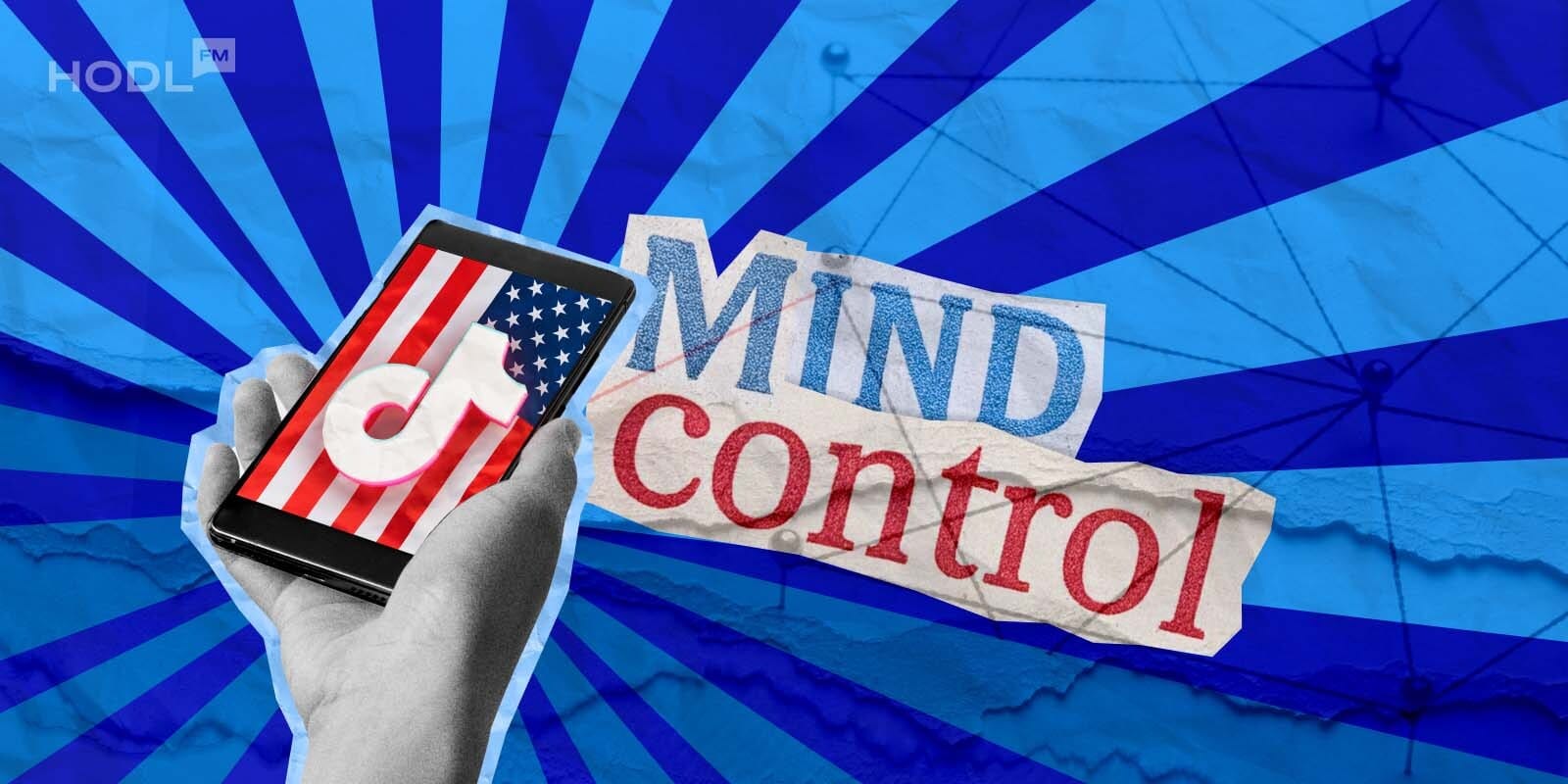
Disclaimer: All materials on this site are for informational purposes only. None of the material should be interpreted as investment advice. Please note that despite the nature of much of the material created and hosted on this website, HODL FM is not a financial reference resource and the opinions of authors and other contributors are their own and should not be taken as financial advice. If you require advice of this sort, HODL FM strongly recommends contacting a qualified industry professional.
